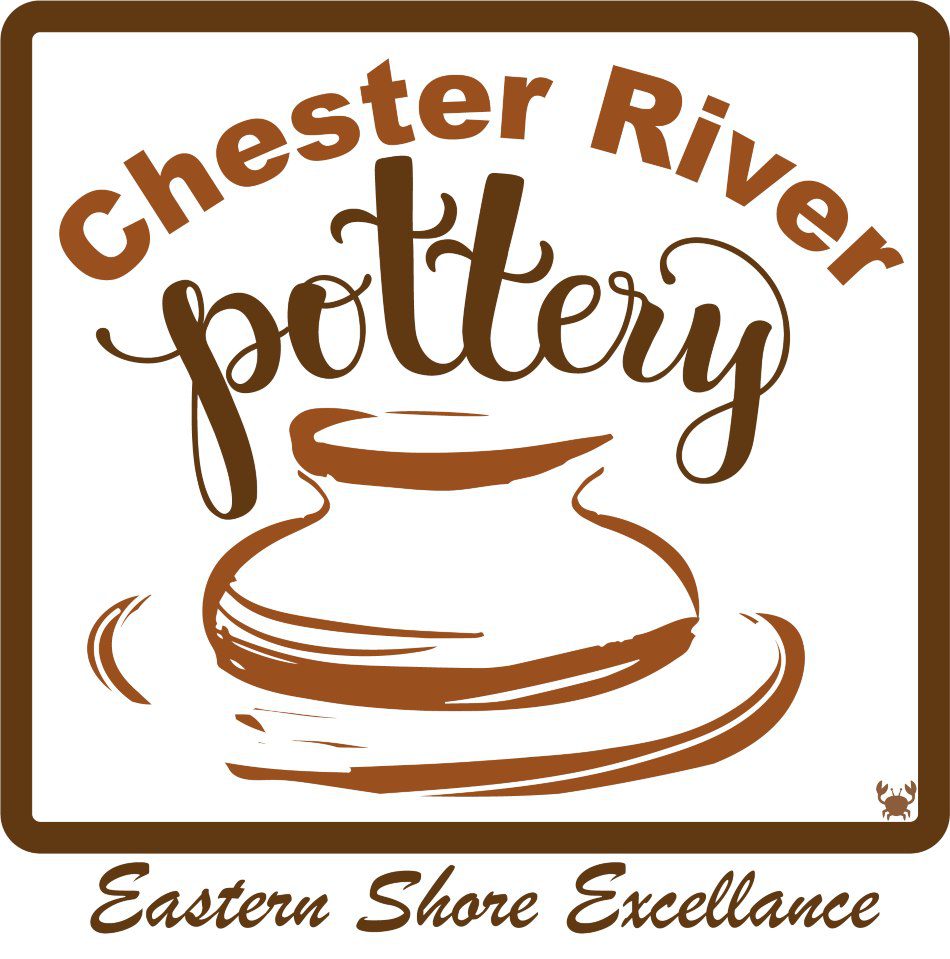An Overview of Clay

Understanding Different Types of Clay: Earthenware, Stoneware, and Porcelain
Regarding pottery, the type of clay you choose can significantly influence your final piece. At Chester River Pottery, we work with various clays, each suited for specific applications and techniques. Let’s explore the three primary types of clay, earthenware, stoneware, and porcelain, and how to determine which is best for your project.
Earthenware
Overview: Earthenware is one of the oldest types of clay used in pottery. It typically fires at lower temperatures (around 1,000–1150°C or 1,830–2,100°F) and is more porous than other clays. Earthenware comes in various colors, from red to buff, and has a rich, earthy quality.
Best Suited For:
- Beginners: Its forgiving nature and easy workability make it ideal for those new to pottery.
- Decorative Pieces: Its ability to take glazes and vibrant paints well is perfect for decorative items like vases and wall art.
- Functional Ware: While less durable than stoneware or porcelain, earthenware can be used for plates, mugs, or pots, provided it is properly glazed to make it watertight.
Considerations: Due to its porosity, earthenware is less durable and more prone to chipping, making it less ideal for items that experience heavy use.
Stoneware
Overview: Stoneware is a versatile clay that fires at medium to high temperatures (around 1,200–1300°C or 2,200–2,400°F). It’s denser and more durable than earthenware, with a natural stone-like finish. Stoneware comes in a variety of colors, from gray to brown.
Best Suited For:
- Functional Pottery: Its durability makes it perfect for everyday items like bowls, mugs, and plates.
- Outdoor Pieces: The weather-resistant nature of stoneware is ideal for garden pots and sculptures.
- Artistic Exploration: Its sturdy composition allows for creative techniques like carving or texturing.
Considerations: Stoneware is heavier and less translucent than porcelain, so it’s not the best choice for projects requiring a delicate or refined appearance.
Porcelain
Overview: Porcelain is the most refined type of clay, firing at the highest temperatures (around 1,200–1400°C or 2,200–2,550°F). It’s characterized by its smooth, white surface and translucence when thin. Porcelain is more challenging to work with due to its fineness and tendency to warp during firing.
Best Suited For:
- Fine Tableware: Its elegance and strength make it ideal for high-end plates, cups, and teapots.
- Sculptural Work: Its ability to hold fine details is perfect for intricate sculptures.
- Light-Transmitting Pieces: Thin porcelain is often used for lamps or other pieces where light shines through.
Considerations: Porcelain can be less forgiving during the making process and requires careful attention during drying and firing to prevent cracks or warping.
Choosing the Right Clay for Your Project
When selecting a clay, consider the following:
- Purpose: Is your piece decorative, functional, or sculptural?
- Durability Needs: Will the item be exposed to heavy use or outdoor conditions?
- Skill Level: Are you a beginner or an experienced potter?
- Aesthetic Preferences: Do you want a rustic look, a refined finish, or something in between?
At Chester River Pottery, understanding the unique qualities of each clay type can inspire creativity and improve the success of your projects. Whether a novice or an expert, exploring these different clays can open up new possibilities in your pottery journey.
You can continue the journey by subscribing to “All Things Ceramic,” our monthly newsletter, and receive exclusive offers and discounts each month.
